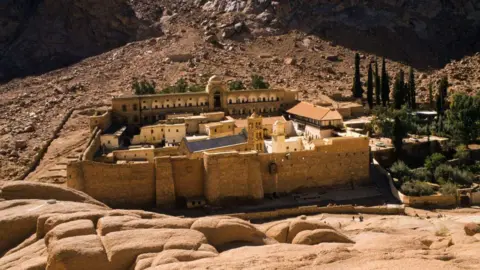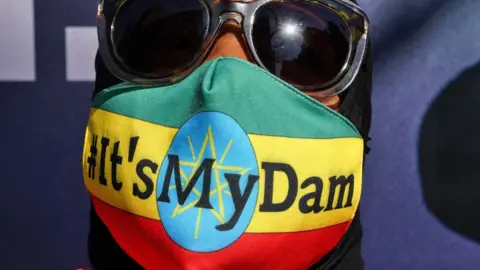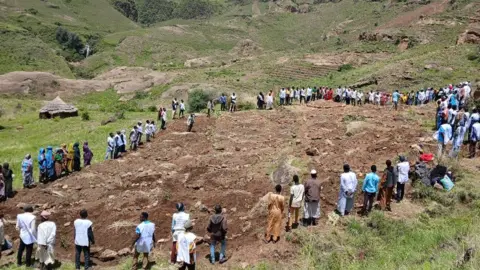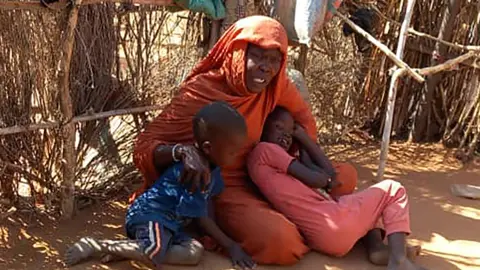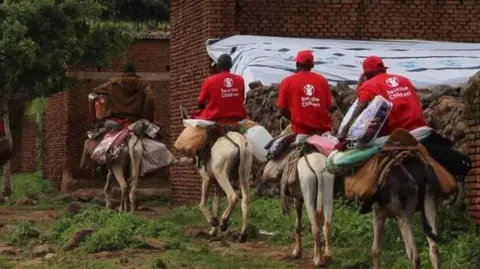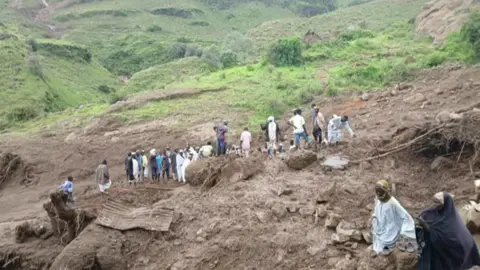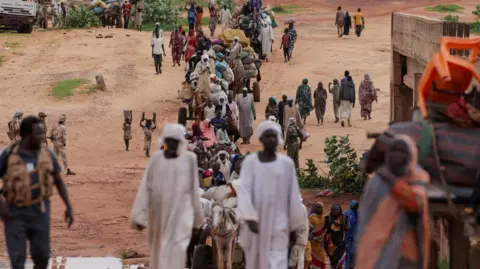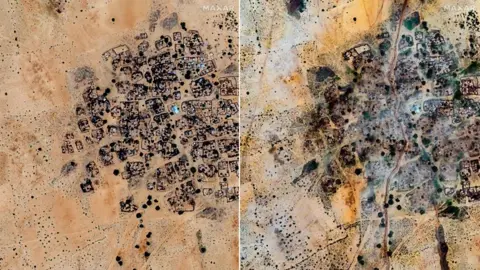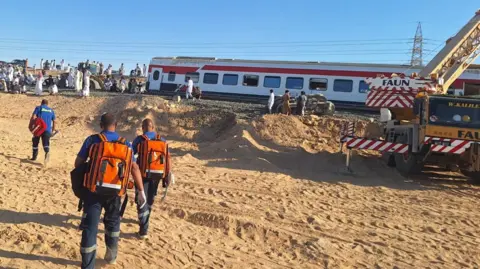Ethiopia has declared the completion of its Grand Ethiopian Renaissance Dam (GERD) on the Blue Nile, marking it as Africa's largest hydro-electric project and a milestone of national pride. Launched with an ambitious budget of $4 billion in 2011, the dam's completion has historical significance but continues to strain relations with neighboring countries Egypt and Sudan. Both nations view the dam as a threat to their essential Nile water supply.
In a statement, Prime Minister Abiy Ahmed attempted to ease apprehensions from downstream neighbors, asserting that the dam represents “not a threat, but a shared opportunity.” He expressed intentions to improve relations with Egypt and Sudan by inviting their leaders to the dam's upcoming inauguration in September.
The GERD, which stands over 145 meters high and spans more than a mile, lies within Ethiopia's northern highlands, where the Blue Nile rises and which generates about 85% of the Nile's water. Ethiopia plans to leverage the dam for generating electricity, addressing an urgent energy shortage affecting nearly 60% of its population.
However, concerns loom large in Egypt, where the Nile is a lifeline for fresh water. Egyptian officials have warned that even a minor decrease in the Nile’s flow could devastate agricultural land—an alarming reality for a country that relies heavily on this critical resource. In tandem, Sudan shares similar concerns about the impact of the dam, as it too depends on the Nile for survival.
Despite the high stakes, talks between Ethiopia, Egypt, and Sudan have repeatedly faltered without resolution. Abiy Ahmed emphasized a desire for constructive dialogue while recognizing the complexities of regional politics surrounding the project. The issue remains a significant point of contention in the broader context of Nile Water Management and geopolitical dynamics in the region.
As Ethiopia celebrates this engineering feat, the road ahead is laden with diplomatic challenges that will require delicate negotiations to foster collaboration and peace among these neighboring nations.
In a statement, Prime Minister Abiy Ahmed attempted to ease apprehensions from downstream neighbors, asserting that the dam represents “not a threat, but a shared opportunity.” He expressed intentions to improve relations with Egypt and Sudan by inviting their leaders to the dam's upcoming inauguration in September.
The GERD, which stands over 145 meters high and spans more than a mile, lies within Ethiopia's northern highlands, where the Blue Nile rises and which generates about 85% of the Nile's water. Ethiopia plans to leverage the dam for generating electricity, addressing an urgent energy shortage affecting nearly 60% of its population.
However, concerns loom large in Egypt, where the Nile is a lifeline for fresh water. Egyptian officials have warned that even a minor decrease in the Nile’s flow could devastate agricultural land—an alarming reality for a country that relies heavily on this critical resource. In tandem, Sudan shares similar concerns about the impact of the dam, as it too depends on the Nile for survival.
Despite the high stakes, talks between Ethiopia, Egypt, and Sudan have repeatedly faltered without resolution. Abiy Ahmed emphasized a desire for constructive dialogue while recognizing the complexities of regional politics surrounding the project. The issue remains a significant point of contention in the broader context of Nile Water Management and geopolitical dynamics in the region.
As Ethiopia celebrates this engineering feat, the road ahead is laden with diplomatic challenges that will require delicate negotiations to foster collaboration and peace among these neighboring nations.







